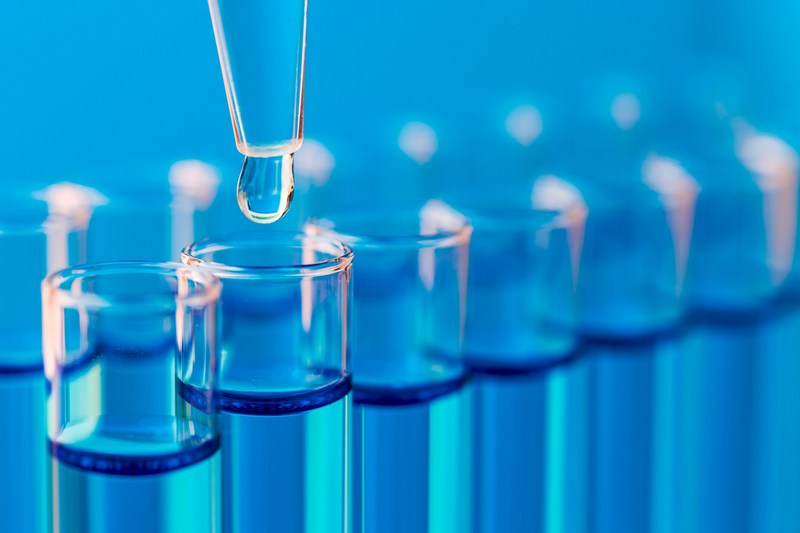Perhaps the most exciting area in water research is water chemistry. Due to the endless combination of chemical elements and compounds dissolved in water, completely unusual properties can be obtained. Water itself can have various chemically correct names:
- Hydrogen oxide
- Hydrogen hydroxide
- Hydroxyl acid
- Dihydrogen Monoxide
- Dihydromonoxide
But in scientific literature however one name – water – is still used.
Due to the characteristics of water chemistry, water has the highest surface tension for liquids. Due to the high surface tension, there is a possibility of moisture of plants moving as well as moving of blood in the vessels of animals and humans. One ton of pure water contains 0.1 mg hydrogen ion (H +) and 1.7 mg hydroxyl ion (OH-). The residence time of hydrogen in one of the water molecules does not exceed one hundred millionth of a second, which indicates a high dissociation speed. This property determines the high chemical activity of water. Water has both lone electron pairs and a high dipole moment, and this gives water chemical activity. Water interacts with a large number of different classes of chemical compounds:
- With inert gases.
- With halogens.
- With atomic oxygen
- With phosphorus.
- With carbon and its compounds
- With metals.
- With basic and acid oxides.
- With salts
- With various substances with the formation of hydrates
- With organic substances (hydration reactions)
These are the most important classes of substances.

